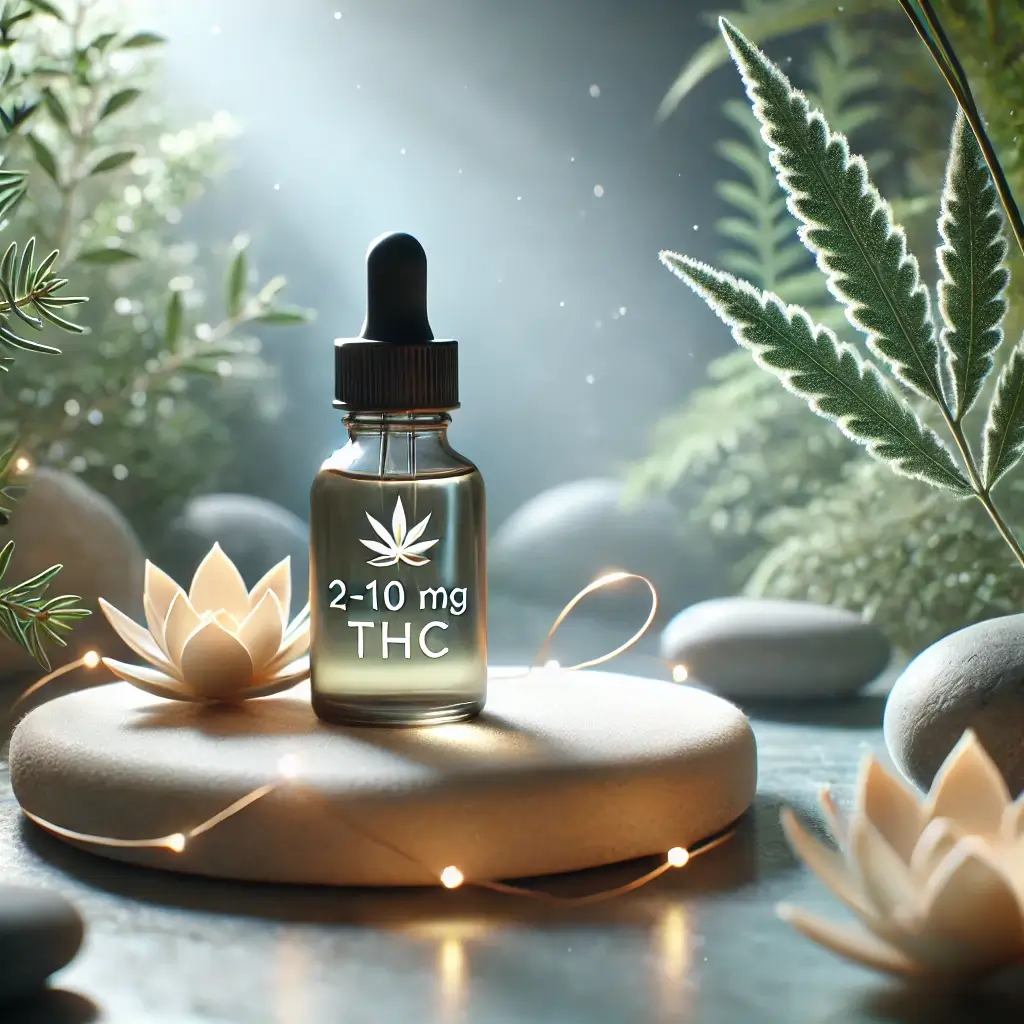Introduction to Cannabis Microdosing for Anxiety
In recent years, microdosing cannabis for therapeutic approach has emerged as a promising therapeutic approach for managing anxiety with minimal psychoactive effects. Unlike traditional cannabis use, microdosing involves administering sub-perceptual doses between 2-10 mg of THC, which can yield therapeutic benefits without causing significant impairment or euphoria. This approach has gained traction among patients and healthcare providers alike, particularly for those seeking natural, low-risk methods to alleviate anxiety.
Understanding the Endocannabinoid System
Cannabis interacts with the body’s endocannabinoid system (ECS), a complex network of receptors that regulate mood, stress, and emotional responses. Specifically, cannabis microdosing modulating CB1 receptor sensitivity is believed to work by modulating CB1 receptor sensitivity, enhancing the brain’s response to low levels of cannabinoids. This can result in reduced anxiety symptoms through altered neurotransmitter release and a balanced endocannabinoid tone. Studies in the Journal of Clinical Pharmacology suggest that these mechanisms allow for meaningful therapeutic effects at low doses, providing relief for patients who may not respond well to conventional medications.
Benefits of Microdosing for Daily Life
With microdosing, patients can target anxiety relief without the side effects typically associated with higher cannabis doses, such as cognitive impairment or lethargy. This is particularly valuable for individuals managing daily responsibilities while maintaining clarity. As more research surfaces on the benefits of microdosing, particularly for mental health, it opens a new pathway for anxiety management that focuses on subtle, manageable doses. This article will delve into the science behind cannabis microdosing, its clinical applications, and its potential as an effective treatment for anxiety.
Medical Research and Clinical Applications
Cannabis microdosing for anxiety hinges on the delicate balance of delivering just enough cannabinoids to activate therapeutic pathways without triggering overwhelming effects. Research highlights the unique advantages of low-dose cannabinoids in managing anxiety, with studies indicating that 5-10 mg of THC for calming effects can produce calming effects by modulating the brain’s response to stressors. A recent publication in the Journal of Clinical Pharmacology demonstrated that low THC doses could enhance CB1 receptor sensitivity, allowing the ECS to maintain a balanced tone and improve mood regulation.
Dosage and Therapeutic Windows
Studies on dosage-dependent effects reveal specific therapeutic windows that seem optimal for anxiety relief. For example, microdoses around 5-10 mg of THC have been associated with anxiolytic effects. These findings suggest that microdosing as tailored approach to anxiety management could serve as a tailored approach to anxiety management, particularly for patients who experience side effects or tolerance issues with higher doses. Clinical protocols often begin with a two-week trial phase for minimal doses, where patients start with minimal doses and gradually adjust according to their anxiety response. This phase is followed by a maintenance schedule designed to ensure consistency in relief without over-stimulating the ECS.
Legislative Developments and Clinical Trials
Recent legislative developments have also spurred interest in cannabis microdosing for mental health. In several states, changes in cannabis regulations have allowed greater access to microdosed products formulated for anxiety. These products offer patients a legal pathway to explore cannabis-based solutions under medical guidance, encouraging safer use and more research-backed applications. Current clinical trials are exploring long-term outcomes of microdosing for anxiety, investigating how sustained low-dose cannabis impacts mood regulation and stress management.
Protocols and Delivery Methods
Microdosing protocols emphasize precision and personalization. Typically, patients are advised to maintain consistent dose for three weeks while tracking anxiety levels. This approach ensures that doses remain effective without the risk of tolerance build-up. Additionally, new delivery methods, such as tinctures and transdermal patches, offer controlled dosing that facilitates steady absorption, maximizing benefits for anxiety sufferers.
Conclusion
In summary, cannabis microdosing offers a promising alternative for those seeking relief from anxiety without the impairment associated with larger doses. By focusing on CB1 receptor sensitivity and precise dosing, microdosing may provide subtle, yet effective anxiety management. Patients and healthcare providers should work together to create customized dosing plans for individual treatment, ensuring safety and efficacy in each individual’s treatment.
